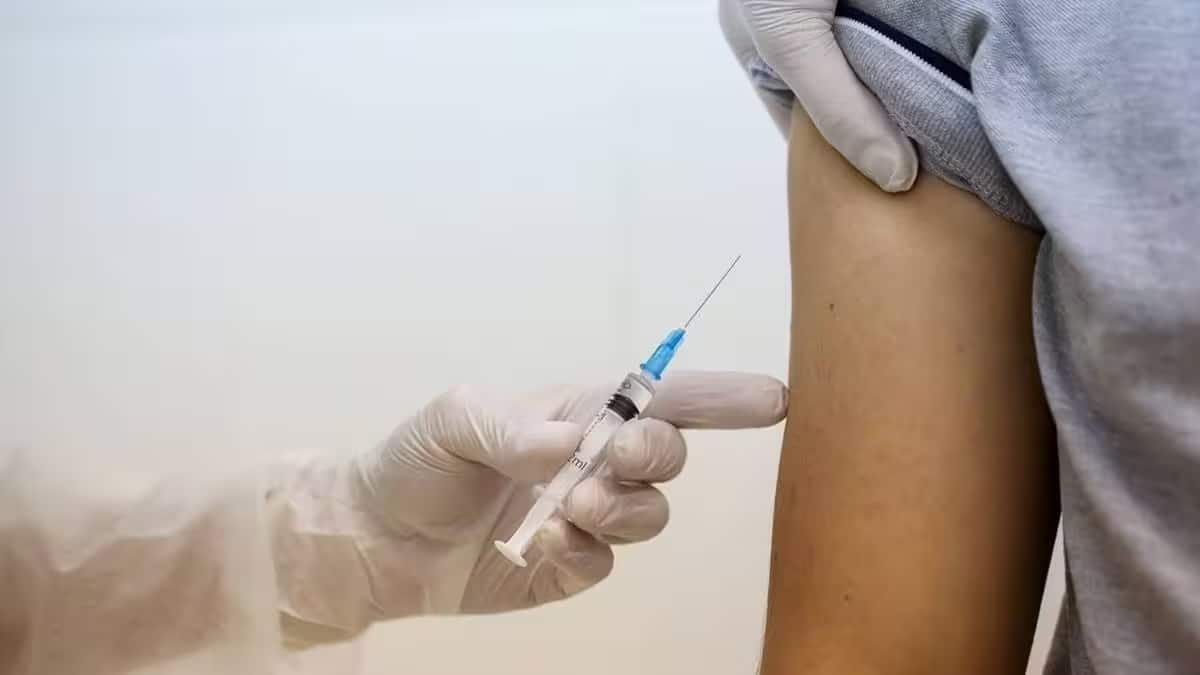Strengthening India’s Public Health System through Immunization
By Nikhil George
As India aims to carry forward its economic growth agenda and transform into a US$5 billion economy, it is necessary that we focus on creating resilient health systems that are built upon improvements in preventive and curative care measures to help improve productivity.
With India, now the most populous nation in the world, the lower to middle-income country faces multiple infrastructural challenges pertaining to healthcare and the public health system is vulnerable to severe capacity shortages as it must tend to a high disease burden of communicable, non-communicable, and reproductive health-related diseases. It is therefore imperative that due focus be given to enhancing prevention, the first level of healthcare, through vaccination, raising awareness of its importance, and developing innovative financing mechanisms.
Public Health vaccination programs have primarily been aimed at protecting children, the most vulnerable and affected by many Vaccine-Preventable Diseases (VPDs). However, empirical evidence suggests that VPDs from direct infection or from opportunistic infection due to comorbidities severely impact mortality, disability, and Quality-Adjusted Life Years (QALY) of adults. Therefore, it is imperative to develop a sustained strategy for immunization for an individual’s life course.
India’s Vaccine Preventable Disease Burden
Developing this life-course immunization strategy becomes difficult. Constraints include the scarcity of data on the incidence rate of VPDs in the country and the vaccination uptake in India. This suggests that adult vaccination coverage, even among the at-risk population, such as healthcare workers, the aging population, and the immunocompromised segment is negligible. This can largely be attributed to the lack of awareness of vaccines and their role in preventing certain VPDs amongst the general population and healthcare providers. This highlights the need to improve awareness of adult vaccinations at an individual level, at the level of healthcare professionals, and the community at large, via the involvement of different stakeholders across the government and private health sectors.
Leveraging India’s Vaccine Infrastructure
The success India has seen in its childhood immunization programs needs to be leveraged to ensure we, as a nation, achieve success in our life course immunization approach. The direct benefits of the childhood vaccination program can be seen through the reduction of infant and childhood mortality rates in India, which has drastically decreased in the last four decades, and needs to be replicated. This can be aided through our improved vaccine supply chain infrastructure that has been developing due to COVID and delivering over 2.2 billion vaccinations. India has enhanced its production capacities, trained frontline workers, deployed over 70,000 vaccination centres, and created an end-to-end digital platform, CoWIN, that can be repurposed for all vaccines. India now should broaden its Universal Immunization Program (UIP) to include other risk groups among its adult population.
The Way Forward
As India needs to allocate its resources in the most efficient manner, it is imperative that immunization, first and foremost, be recognized as an integral part of healthcare policy planning. This will help to raise awareness and establish clinical guidelines on the usage of vaccination as a preventive and disease management strategy.
Not all vaccines can be administered to the adult population, therefore the non-pediatric population needs to be divided into various risk cohorts, to ensure that the most vulnerable sections of the population are covered. This identification and segmentation of high-risk groups can be undertaken on the basis of socio-economic and demographic profiles and epidemiological disease burden, i.e., ageing population or patients suffering from co-morbidities.
It will be necessary to develop novel financing mechanisms to cover the costs of vaccines. One suggested method could be through its inclusion in government-funded insurance programs such as Ayushman Bharat-Pradhan Mantri Jan Arogya Yojana (AB-PMJAY) that can help prevent in-patient incidents and reduce the overall health burden. This can also be extended to private health insurance policies and group insurance covers to support healthy aging and a healthy workforce.
Finally, India can scale up its healthcare delivery infrastructures for adult vaccines throughout the country through the conversion of established anti-rabies clinics and yellow fever immunization clinics to cover overall immunization.
Reducing India’s healthcare burden through inoculation can aid in our health and economic agendas. As with other policy decisions, this will have its own challenges that can only be solved over time. However, with the introduction of a Life course Immunization approach, India can work towards bringing about a reduction in its overall healthcare burden.
The author is Manager, Healthcare at the US – India Strategic Partnership Forum (USISPF).
Disclaimer: Views expressed are personal and do not reflect the official position or policy of Financial Express Online. Reproducing this content without permission is prohibited.
